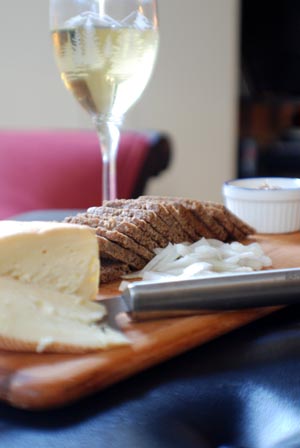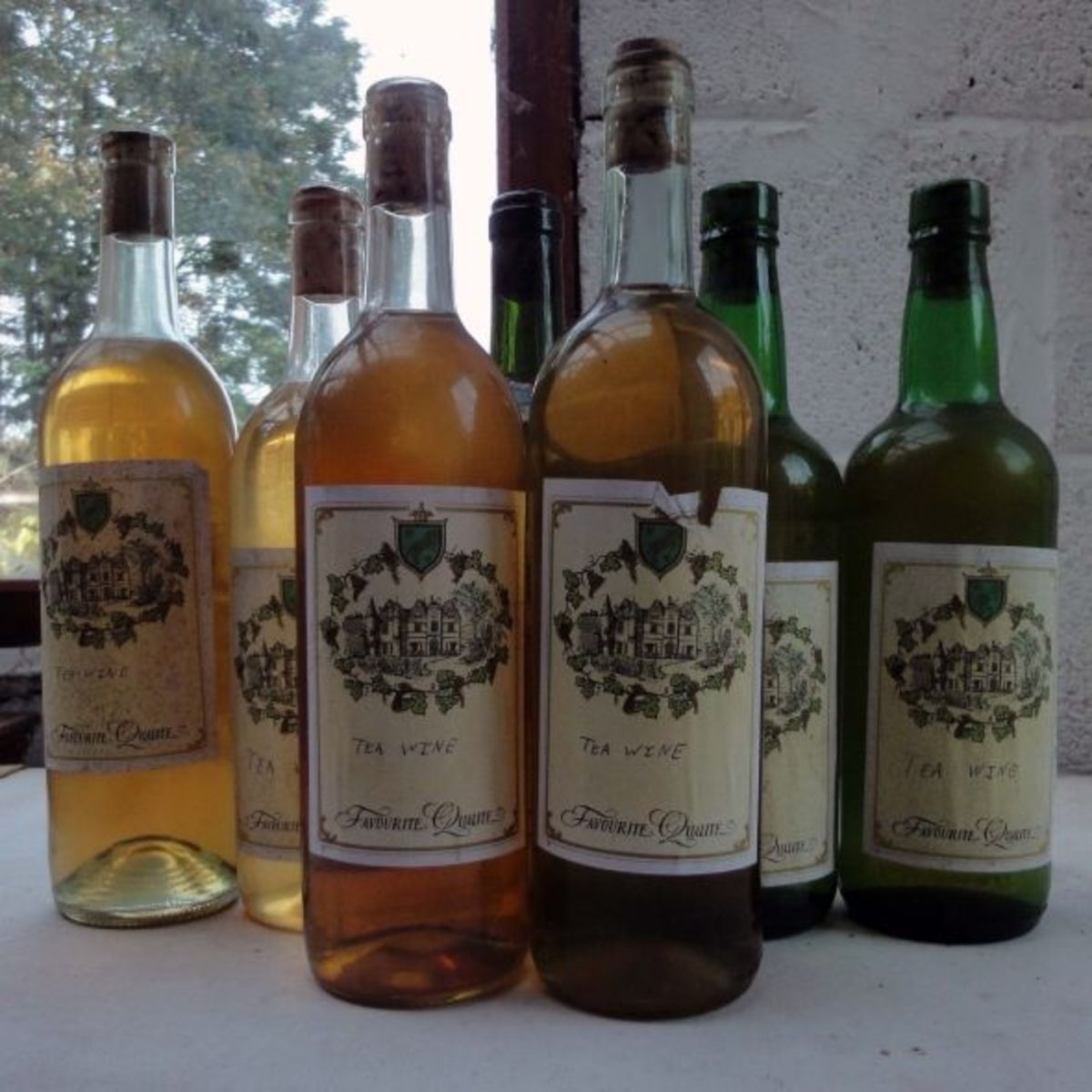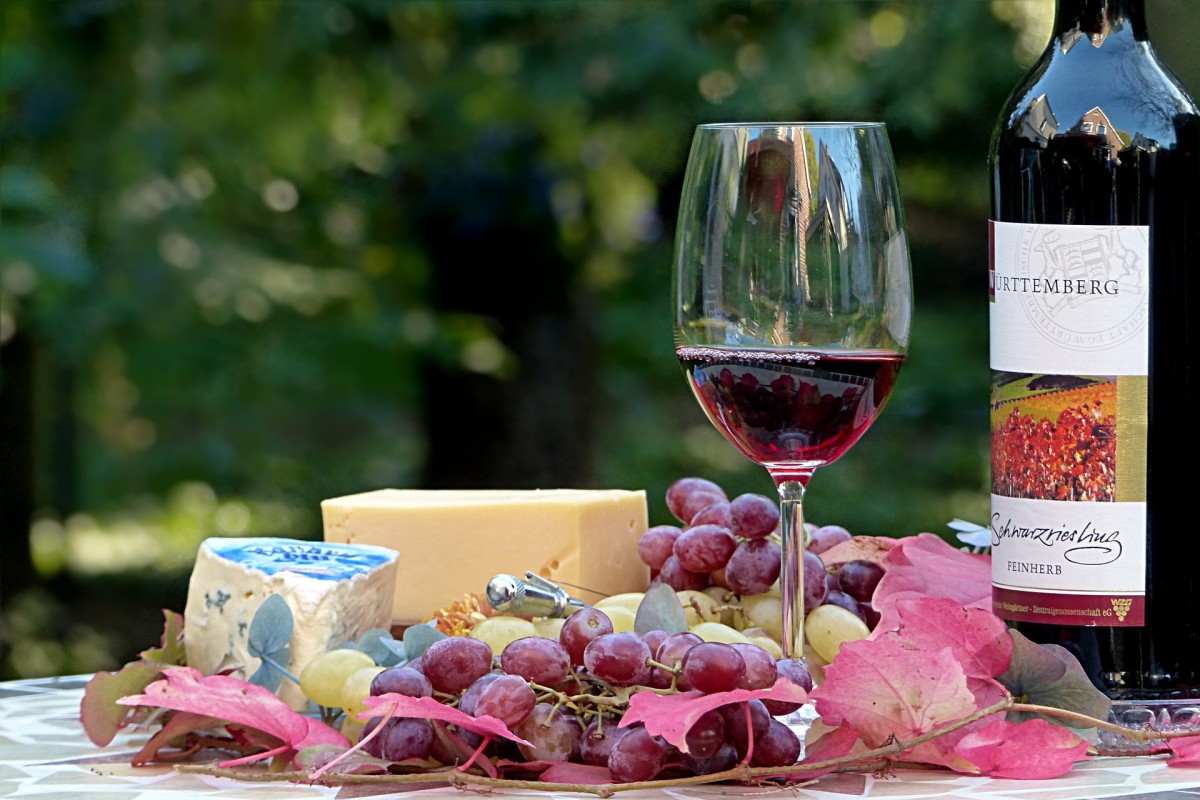How To Pair Cheese with Wine

The combinations of cheese and wine have been served on the tables for centuries. Many have tasted fascinating flavors on pairing both wines and cheese. This has led to experiments in search of that most delicate and ethereal flavor. The truth is that most of the pairing decisions come down to one’s personal tastes. Due to the staggering number of wines and soaring choices of cheese around, the explosive growth of matching decisions are so bewildering that even cheese aficionados are crossing the oceans and palate every wine and cheese within their reach.
Factories churning with cheese making supplies have no relation whatsoever with the wines and it is up to the chef’s precise decision how to serve them in restaurants. Since there is no established general law how to deal with this impasse throughout the gastronomic world, there are a few helpful tips however:
- Same Region Pairing. When pairing wines and cheeses, you might consider the country of origin of both wine and cheese. For example, the Chianti and the Italian Parmesan exudes a truly overwhelming taste.
- Red and White Wine Pairing. Red wines pairs remarkably well with stiff cheeses and milder flavors. White wines matches with squashy cheeses and pungent savor.
- Tannic Wine and Hard Cheese Pairing. The stiffer types of cheese such as Cheddar or Parmesan are appropriate for more tannic wines. On the other hand, creamy cheeses such as Brie tang better with wines that are acidic such as Chardonnay. In short, give briny cheeses a sweet wine partner such as Blue Cheese and Port.
- Sparkling Wines Pairing. White wines such as Chardonnay, Pinot Gris and Riesling pairs with Piave, Vermont Shepherd has rich flavors with creamy soft cheeses such as Camembert and Fontina.
- Goats Cheese Pairing. Red wine paired with goats cheese is a mismatch. Young and mild goats cheese can be matched to wines of high acidity such as Sauvignon Blanc. However Crottin di Chavignol can be paired off to the white Burgundy.
- Salt and Sweet Pairing. As compared to candies, saltiness and sweetness creates a savory mixture, the same way the sweet wine can perfectly enhance a saline cheese. Although it is not a general law, it is a good choice to pair the food according to the degree of saltiness or sweetness. The more briny a cheese is, the sweeter wine should be paired with. Cheeses such as Feta, Chevre, Roquefort, Sardo, Stilton, and Gorgonzola are suitable mates for Port, Riesling, Pinot, Noir Sauternes and Ice Wine.
- Intensity Pairing. There should always be a balance - strong and powerful cheeses should be paired with similar wines and delicate cheeses should be teamed up with lighter wines.
- The mentioned tips may differ from one person’s tastes to another and it is not appropriate to conclude whether the flavors are instinctively the same. However, you may set up a party of wines and cheeses; you may host them with your friends and colleagues. Serve them by the chunks and let your friends discover the tastes with the cheeses and wines they like. Start with the basic rules and then you may randomly experiment with any match they would like. You will be pleased with the discovery of new flavors.
Ultimately, the perfect wine and cheese pairing is not restricted to a universal food law. It is a match made on the palates of each of your guests. Start with the basic rules and then rebel with the new pairings. You never know which couple will be your best impression.








